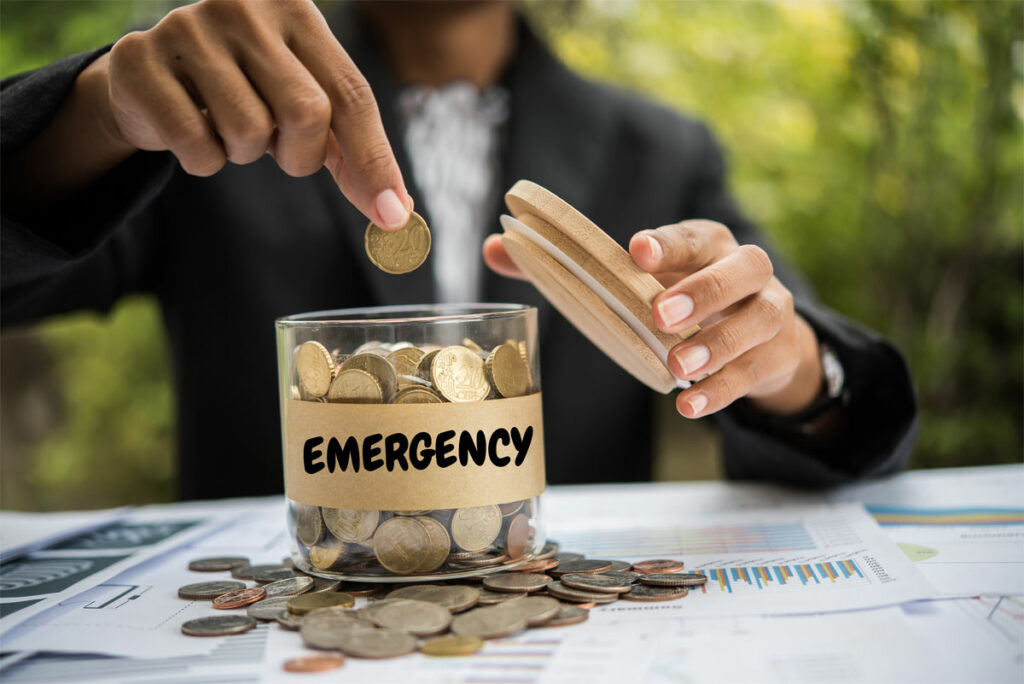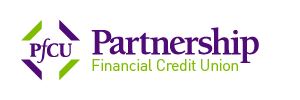
Question: I know that having an emergency fund is important, and I’ve been trying to build up more than $200 or so, but debt always seems to eat away at what I’m able to save. How can I do both things at once without sacrificing my goal to become debt free? Is an emergency fund really that important?
Answer:
Yes, emergency funds are really that important. Unfortunately, emergencies don’t announce their pending arrival months in advance. They pop up unexpectedly and trigger a mad scramble for cash to cover whatever catastrophe fate may have in store. Thankfully, having an emergency fund is like having a mini-insurance policy — it can ensure you don’t end up taking on more debt when something inevitably happens.
How Much Do I Need?
The standard emergency fund savings guideline is to have enough money to cover three to six months’ of essential living expenses. But more recent research shows that a six-month cash cushion may not be necessary. In fact, six weeks of living expenses may be plenty. Don’t know where to start? Then start with the goal of saving $2,000. Do that, and you’ll have achieved a savings milestone that half of all Americans have not yet reached.
If six weeks’ worth of savings seems impossible, set a manageable weekly savings goal — $10, $20, $50 or whatever amount you can afford — and just get the ball rolling. When you’ve amassed several hundred dollars, set your sights on that $2,000 goal.
How Long Will It Take To Build My Emergency Fund?
Think about it this way: if you’ve been putting $500 per month toward your debt, you can start building your emergency fund by directing a portion of that — say, $100 — toward savings while continuing to put $400 toward your debt. This will allow you to gradually build your savings while still making a meaningful dent in what you owe.
If your goal is building a $2,000 emergency fund, then setting aside $100 per month will get you there in 20 months. Or, you could start with a more aggressive 50/50 split, putting $250 toward savings, and $250 toward debt for a few months until you’ve reached a $1,000 emergency fund. Then you can shift more funds back toward debt repayment while continuing to add smaller amounts to your emergency stash.
There is no “right” way to build your cash stash, but remember that the kind of debt you have matters — credit cards can carry rates of 25%, while student loans may only cost you, say, 6%. The higher the interest rate on your debt, the more money you may want to funnel towards paying down your debt. (With that said, even when you’re faced with high-interest debt, it’s still wise to have at least $500 to $1,000 set aside for emergencies so you won’t dig yourself even deeper into debt should something happen.)
Hacks To Save More In Your Emergency Fund
Automating your savings is proven to be one of the best ways to get yourself to save — when you’re setting aside money before you ever have the chance to spend it, it’s truly out of sight, out of mind. So, set an automatic transfer from your checking account into your savings account every month (or every pay period, depending on your preference.)
If you stumble upon unexpected money — like a tax refund, for example — resist the urge to spend it all. Split it in half, and channel a portion of it into savings and a portion into debt reduction.
If your budget has absolutely zero wiggle room for savings, then consider a side gig, or acknowledge that it may be time to change jobs in order to increase your earning power.
Where To Put Your Emergency Fund Funds
The best place for your emergency savings is somewhere safe (as in low-risk and NCUA-insured), and accessible where it will earn the highest possible interest rate. High-yield savings accounts (HYSAs) and money market accounts are generally the best two places to keep your emergency funds. HYSAs offer simplicity, safety, accessibility, and decent interest rates. Meanwhile, money market accounts pay rates comparable to HYSAs but often have higher minimum deposit requirements. Talk to your credit union professional to see which type of account may be right for you.
You Got This!
Don’t expect to have thousands saved overnight. Save as much as you can, as often as you can, and you’ll eventually get there. In the same way that you can successfully chip away at your debt by making consistent on-time payments, you can successfully build up your emergency fund by making regular contributions. Slow and steady always wins the race!



